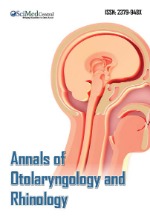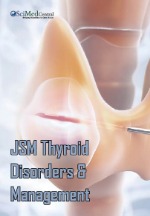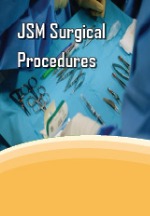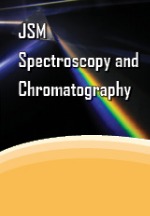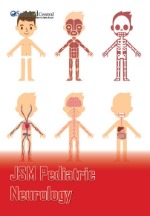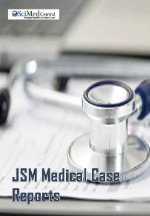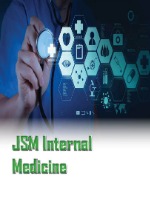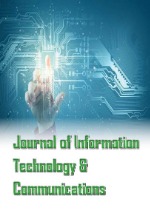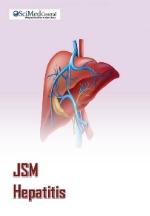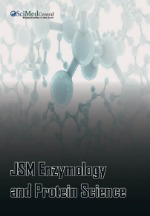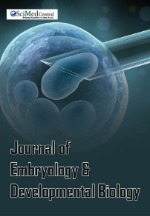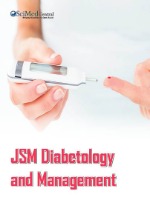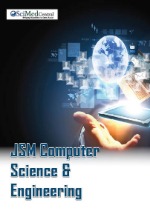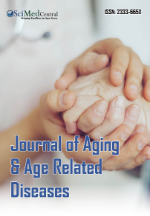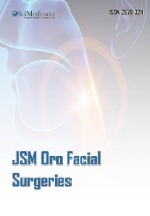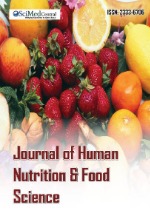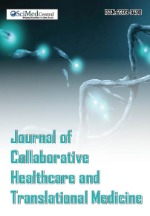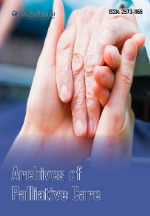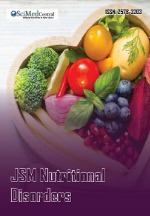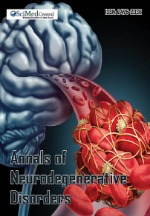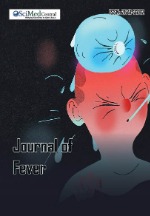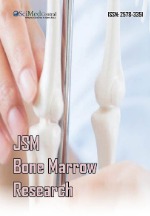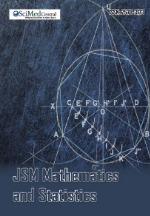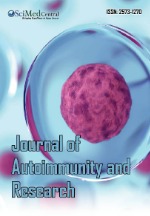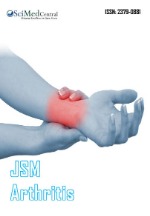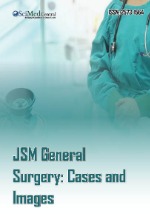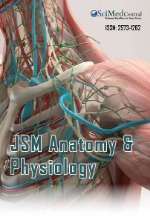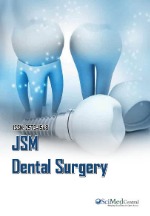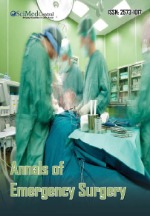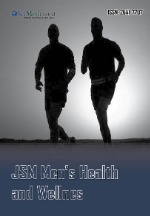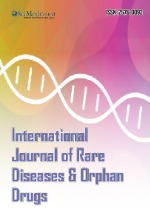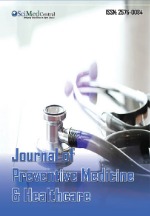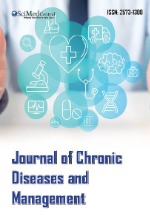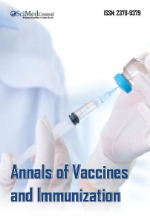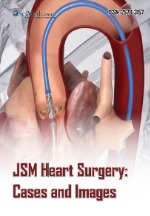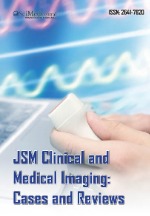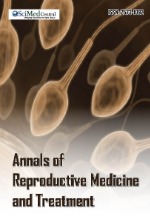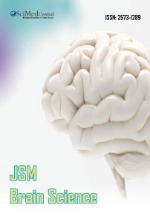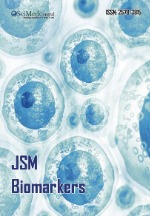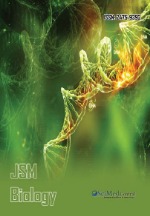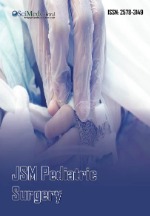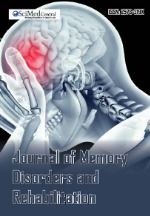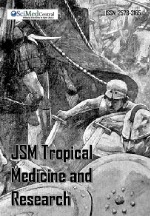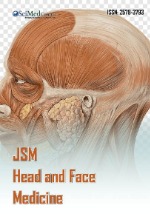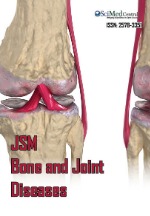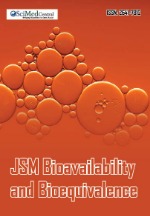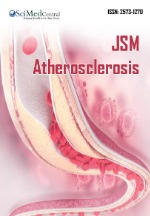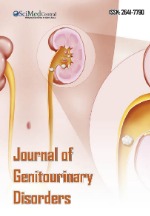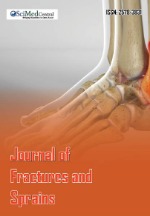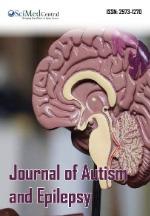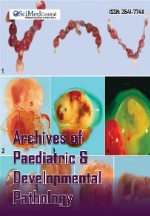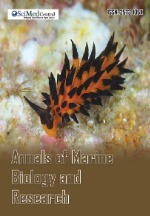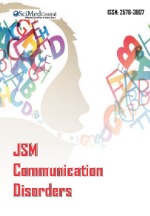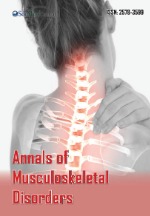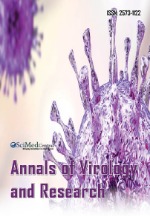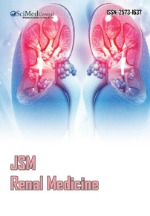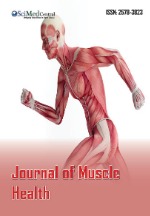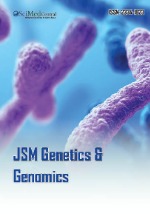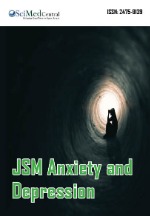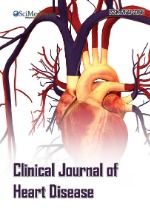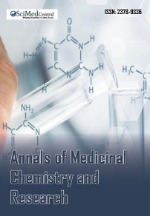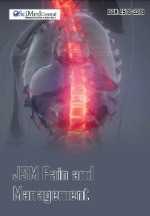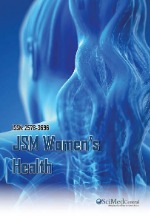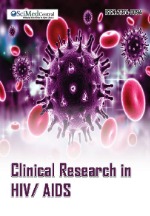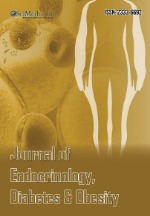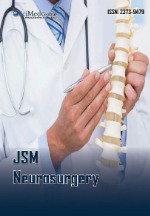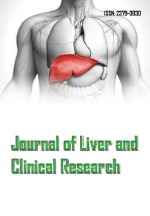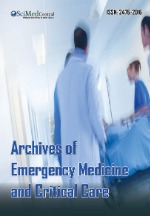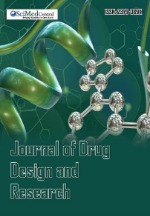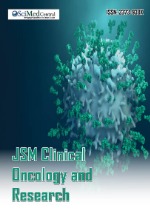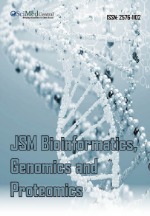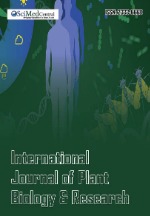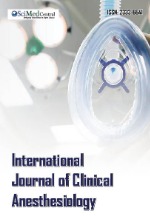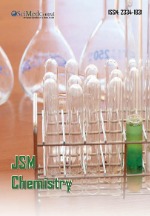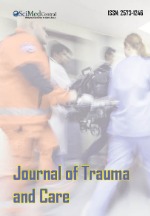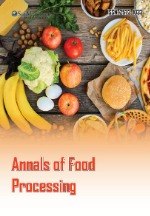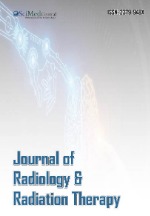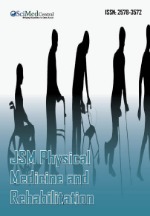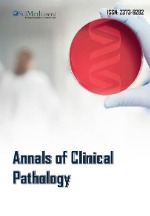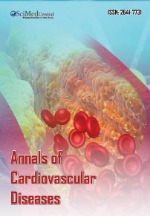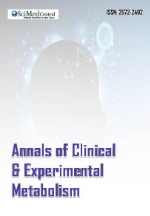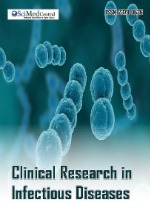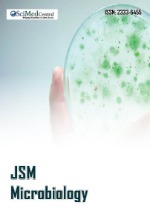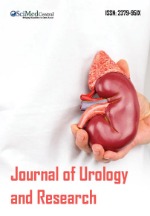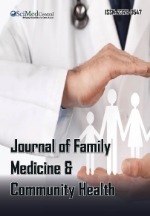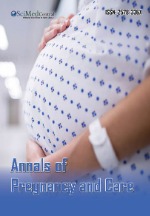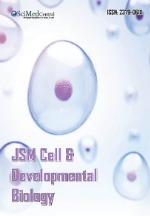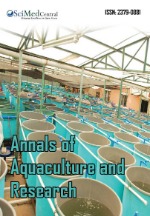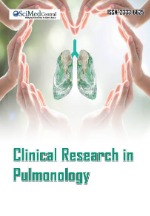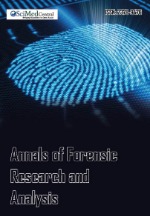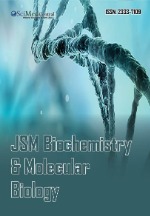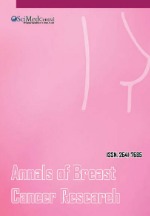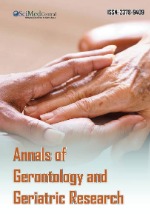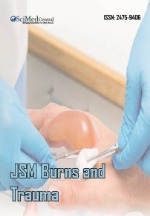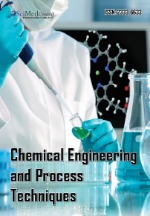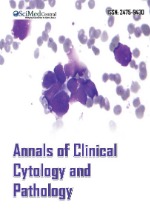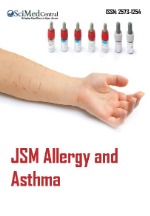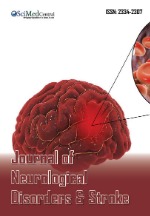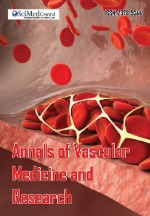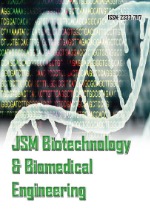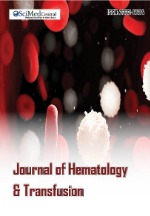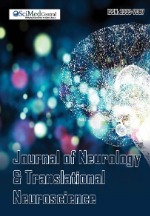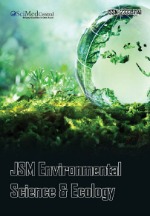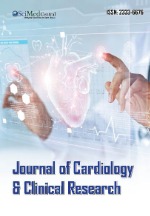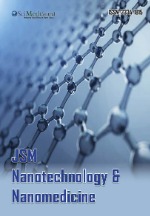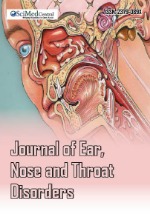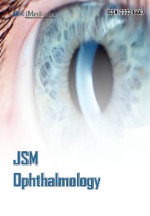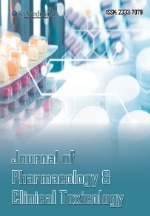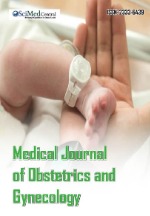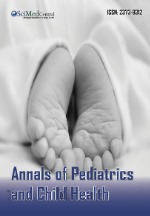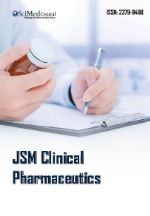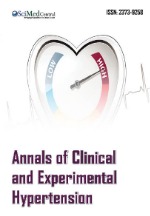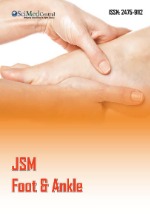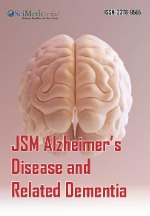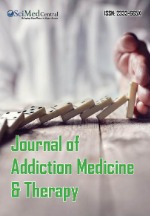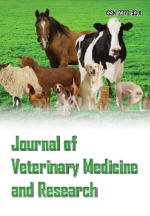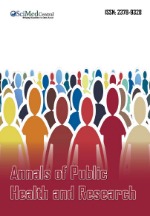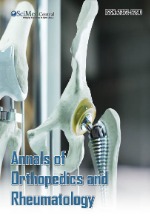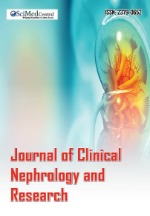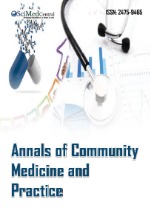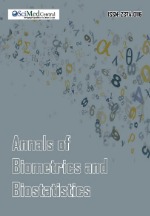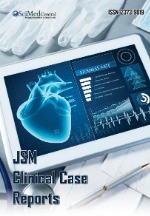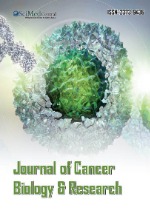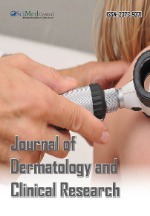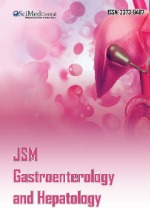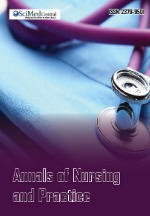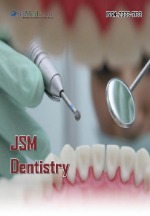Breakthrough Infection Influenced SARS-CoV-2 IgG Antibody Titer in a Group of Healthcare Providers
- 1. BADAS COVID-19 and Molecular Diagnostic Lab, Mirpur, Bangladesh
- 2. Department of Immunology, Bangladesh University of Health Sciences, Bangladesh
- 3. Department of Physiology and Molecular Biology, Bangladesh University of Health Sciences, Bangladesh
Abstract
Background: The phenomenon of breakthrough infection during the COVID-19 pandemic has raised concerns regarding the efficacy of the vaccinations and healthcare providers are exposed to instances on a regular basis for professional reasons, putting them at risk. This study was aimed to look into the SARS-CoV-2 IgG status among the healthcare providers, reported with breakthrough infections.
Methods: The study involved 78 healthcare providers (e.g., doctors, nurses, Lab personnel, support staffs) from a tertiary care hospital in Dhaka city. Blood samples were collected from participants who had received at least one dose of a COVID-19 vaccine, regardless of the incidence of breakthrough infection. SARS-CoV-2 IgG antibody level was estimated using an Enzyme-Linked Immunosorbent Assay (ELISA).
Result: Out of the 78 participants, 31 had experienced breakthrough infection. The mean (±SD) SARS-CoV-2 specific IgG antibody level was 13.42±10.68×104 BAU/ mL. SARS-CoV-2 IgG antibody levels of the infected subjects were significantly higher than those without breakthrough infections (p=0.024). The highest IgG levels was observed in participants who received three vaccine doses (15.71±11.36×104 BAU/mL), followed by two doses (9.48±8.09×104 BAU/mL) and one dose (5.91±2.27×104 BAU/mL). Participants who experienced breakthrough infections after receiving the third dose demonstrated significantly higher IgG levels (p=0.035).
Conclusion: Healthcare providers studied demonstrated substantial number of participants developing breakthrough infection and those had significantly higher level of endpoint SARS-CoV-2 IgG antibody. A dose dependent antibody response following vaccination could not be excluded.
KEYWORDS
- COVID-19 vaccine
- Healthcare Professionals
- ELISA
- Breakthrough infection
- SARS-CoV-2 IgG antibody
CITATION
Haque A, Mahbub C, Hossain B, Tasnim S, Saiedullah M, et al. (2025) Breakthrough Infection Influenced SARS-CoV-2 IgG Antibody Titer in a Group of Healthcare Providers. J Immunol Clin Res 8(1): 1051.
ABBREVIATIONS
BAU: Binding Antibody Unit; BMI: Body Mass Index; CDC: Centers for Disease Control and Prevention; COVID-19: Coronavirus Disease-19; ELISA: Enzyme Linked Immunosorbent Assay; IgG: Immunoglobulin G; PPE: Personal Protective Equipment; RT-PCR: Reverse- transcriptase Polymerase Chain Reaction; SARS-CoV-2: Severe Acute Respiratory Syndrome Coronavirus-2; WHO: World Health Organization
INTRODUCTION
COVID-19 evolved into a pandemic phenomenon staggeringly fast and put the world to a standstill by the sixth month of the first reported case in China [1,2]. Hospitals and healthcare facilities experienced unprecedented situation to tackle ailing cases which incurred the risk of affecting the healthcare providers. By April 2020, the US Centers for Disease Control and Prevention (CDC) reported that healthcare providers faced a significantly elevated risk of COVID-19 infection, accounting for 11% of all confirmed cases in states [3].
The rate of COVID-19 infection dropped with an understanding the route of transmission of the novel SARS-CoV-2 “COVID-19” virus and implementation of social distancing, frequent hand washing, wearing mask and personal protective equipment (PPE) [4,5] and by December 2020, the introduction of vaccine started to exhibit gradual decline in number of COVID-19 cases [6]. COVID-19 antibodies (IgG) following vaccination against the SARS-CoV-2 virus were initially found to persist relatively longer than those developed after natural infection [7]. By April 2021, report surfaced about breakthrough COVID-19 infections, an infection by SARS-CoV-2 virus even after vaccination [8]. Clinical manifestations of SARS-CoV-2 infection and confirmation of COVID-19 infection by the reverse transcription – polymerase chain reaction (RT-PCR) within 14 or more days after receipt of two doses of the COVID-19 vaccine has been defined by World Health Organization (WHO) as breakthrough infection [9]. It was postulated that gradual decline of specific and neutralizing antibodies, and/or insufficient immunogenic response, though not confirmed by otherwise, could be associated with the incidence of breakthrough infection [10]. The rate of breakthrough infection found to vary not only in populations but in terms of gender and profession [11].
The Bangladesh Institute of Health Sciences (BIHS) General Hospital, like many other hospitals in Bangladesh, was overwhelmed by the healthcare seekers during the COVID-19 pandemic incurring the risk of contracting the disease. Reports about the rate of breakthrough infection affecting healthcare providers are lacking in Bangladesh. The present study was conducted to look into the rate of breakthrough infections and measure the endpoint COVID-19 IgG level in a group of healthcare provider.
MATERIALS AND METHODS
This cross-sectional study included of 78 healthcare providers: doctors (15%), nurses (17%), lab personnel (44%) and support staffs (24%) of BIHS General Hospital; Dhaka with age ranging between 20-60 years. Individuals with no history of co-morbidities and have had received at least one dose of COVID-19 vaccine, regardless of the incidence of breakthrough infection were included in this study.
The participants were briefed about the purpose, nature and risk of the study. Under aseptic precaution, 5.0 ml of blood sample was collected from each participant after receiving a written informed consent from the participants. SARS-CoV-2 IgG antibodies were measured by an enzyme-linked immunosorbent assay (ELISA) (Kit used: DRG ELISA kit, Marburg, Germany), which specifically detects IgG antibodies against the recombinant Receptor-Binding Domain (RBD) of the Spike Protein S1. Serum samples were diluted 1:800, and 100µL of each standard, control, and pre-diluted sample was added to the microtiter wells. Initially, the wells were incubated at 37°C for 60 minutes (iEMS incubator shaker, Finland). Next, they were washed three times with diluted wash solution, and 100µL of enzyme conjugate was added in each well, followed by 30-minute incubation at room temperature. After another wash step, 100µL of substrate solution was added in each well, incubated for 15 minutes, and the reaction was terminated by adding 50µL of stop solution in each well. The optical density was taken at 450 nm (reference wavelength of 620 nm - 630 nm) in a micro- plate reader (Multiskan FC, China). The IgG antibody levels of the samples exceeded the kit recommended cut-off value of 50 BAU/mL were considered positive.
Data expressed as mean±SD, number (percent) as appropriate. Student’s unpaired ‘t’ test was carried out to calculate statistical difference for numerical data. p-value <0.05 was taken as level of significance. The ethical approval for the study was obtained from the Ethical Review Committee of Bangladesh University of Health Sciences (Memo no: BUHS/ERC/EA22/346).
RESULTS AND DISCUSSION
Gender, age and BMI of the subjects
Distribution of the Male (46%) and female (54%) subjects in this study did not show any statistical difference. Of the total subjects, 50% were at age group ≤ 30 years, and 40% between 31-50 years and the rest 10% were >50 years (Table 1). Mean body mass index (BMI) was 24.11±3.22, 33% participants had BMI less than 23 kg/m2, 32% between 23.1 and 24.9 kg/m2, and 35% greater than 25 kg/m2 (Table 1).
Table 1: Characteristics of the study subjects
|
Variable |
Number (%) |
Mean±SD [Range] |
|
Gender |
|
|
|
Male |
36 (46%) |
|
|
Female |
42 (54%) |
|
|
BMI categories (Kg/m2) |
|
|
|
Less than 23 |
26 (33%) |
24.11±3.22 [16.20- |
|
Between 23.1 and 24.9 |
25 (32%) |
33.90] |
|
Greater than 25 |
27 (35%) |
|
|
History of breakthrough |
|
|
|
infection |
|
|
|
Yes |
31 (40%) |
|
|
No |
47 (60%) |
|
|
SARS-CoV-2 vaccination |
|
|
|
1 Dose |
03 (4%) |
|
|
2 Doses |
24 (31%) |
|
|
3 Doses |
51 (65%) |
Results were expressed as number (percentage)/ mean±SD and range (Minimum- Maximum) as appropriate.
SARS-CoV-2 IgG antibody level
SARS-CoV-2 IgG antibody (mean±SD, BAU/mL) levels among the participants who received different doses of COVID-19 vaccine were showed in Figure 1. Participants who received three doses of the vaccine had a significantly higher SARS-CoV-2 IgG level (15.71±11.36×104) compared to those who received two doses (9.48±8.09×104) and one dose (5.91±2.27×104) (p=0.460) (Figure 1).
Figure 1: SARS-CoV-2 IgG antibody level on the basis of receipt of COVID-19 vaccine doses. Statistical difference was calculated by using student’s unpaired ‘t’ test. A p<0.05 was taken as level of significance
Participants with a history of breakthrough infection had significantly higher SARS-CoV-2 IgG levels (17.08±13.26×104) compared to those with no breakthrough infection (11.01±7.82×104) (p=0.024) (Figure 2).
Figure 2: SARS-CoV-2 IgG antibody level with the incidence of breakthrough infection. Statistical difference was calculated by using student’s unpaired ‘t’ test. A p<0.05 was taken as level of significance.
SARS-CoV-2 IgG antibody level of the participants with incidence of breakthrough infections after receiving 3rd dose of vaccination
Participants who experienced breakthrough infections after the third dose of COVID-19 vaccination had a significantly higher mean IgG antibody level (24.06±14.14×104) compared to those without breakthrough infections (13.42±9.44×104) (p=0.035) (Table 2).
Table 2: SARS-CoV-2 IgG antibody level of the participants with incidence of breakthrough infections after 3rd dose of vaccination
|
Breakthrough infection after receiving 3rd dose |
SARS-CoV-2 IgG (BAU×104) BAU/mL |
t/p value |
|
Yes (11) |
24.06±14.14 |
2.357/0.035 |
|
No (40) |
13.42±9.44 |
Results were expressed as mean±SD. Statistical difference was calculated by using Student’s unpaired ‘t’ test. A p value <0.05 was considered as a level of significance.
SARS-CoV-2 IgG antibody and BMI level
SARS-CoV-2 IgG antibody levels in participants with normal, overweight, and obese group were 11.51±9.003×104, 11.94±7.90×104, and 16.63±13.62×104, respectively. The mean (±SD) IgG levels were not statistically significant (p=0.153).
DISCUSSION
In the event of COVID-19 pandemic, healthcare facilities became overwhelmed with the affected cases. Putting the healthcare providers at significant risk of contracting COVID-19 led to number of fatalities among doctors, nurses, and staff globally [12]. Post-vaccination antibody profiles were assessed by different groups for evaluation of the efficacy of COVID-19 vaccines [13-15]. Anti-SARS-CoV-2 antibody detected in COVID-19 vaccine recipients reported to decline quickly leading to almost below the detection limit after six months of vaccination. This immunodeficient status led to breakthrough infection by SARS-CoV-2 virus, which suggests the importance of evaluation of SARS-CoV-2 IgG responses among healthcare providers in order to develop an appropriate strategic approach in preventive measures for the vulnerable [16].
It has been suggested that vaccine effectiveness is influenced by the number of doses administered [17]. It was demonstrated that sero-positivity rates of 40%, 65%, and 91% for those received one, two, and three doses of the vaccine respectively. The present study demonstrated that those received three doses had significantly higher mean value of IgG compared to those received two doses (Figure 1). It is important to note that only 4% received one dose of vaccine. Although mean IgG of this group was low but did not show statistical significance.
The presence of elevated levels of SARS-CoV-2 IgG antibodies does not necessarily signify their functional importance in conferring immune protection. The present study demonstrated that the breakthrough infection rate among all subjects was 40%, which is notably higher compared to other studies. A study found that 10% of the participants had a history of breakthrough infection [18]. One possible reason for the increased breakthrough infection rate could be the profession of this study group, which included 44% lab personnel, thereby having a higher risk of contracting infection. Additionally, the waning of IgG titer over time might also contribute to the higher infection rate [18].
In addition to assessing the rate of breakthrough infections, we also compared the SARS-CoV-2 IgG antibody levels of the participants. Those with breakthrough infections demonstrated higher SARS-CoV-2 IgG antibody levels compared to those without breakthrough infections (p= 0.024) (Figure 2). This increased SARS-CoV-2 IgG antibody levels among individuals with breakthrough infections might be for immunologic memory, possibly due to synergistic effect of vaccine induced immunity (non-neutralizing antibody unable to protect individuals from infection) and later exposure to the SARS-CoV-2 virus causing stimulation of immune reactive cells for antibody production, resulting development of a more robust immune response [19]. However, neutralizing effects of the antibodies against SARS-CoV-2 virus have not been verified in this study.
SARS-CoV-2 IgG antibody level was found to be higher in those with breakthrough infection after 3rd dose of vaccination (Table 2). Greaney et al., previously suspected that B cells, which produce antibodies, increase following each exposure, regardless of infection or vaccination. As a result, vaccinated people who had been infected with the virus had higher levels of IgG antibodies [20]. This may have generated the circumstance in which those who experienced a breakthrough infection had greater IgG levels.
CONCLUSION
The study demonstrated a pronounced IgG immune response against SARS-CoV-2 after the third vaccination, when compared to relatively low mean IgG levels among those who received two-dose vaccines. COVID-19 breakthrough infections elicited a higher immune response, as supported by significantly higher IgG levels compared to those without breakthrough infections. The sample size was relatively small, limiting the statistical power. The lack of follow-up on IgG levels limits understanding of seroconversion dynamics in individuals. This study suggests further investigation with a larger sample size under a follow-up study in a specific time interval to determine the persistence of SARS-CoV-2 IgG level in individuals with or without history of Breakthrough infection. Given the robust seropositivity observed, future studies should also include cross-reactivity testing of samples.
ACKNOWLEDGEMENTS
The authors express their gratitude to the Ministry of Science & Technology, Government of Bangladesh, for supporting this study through a research grant. Additionally, Bangladesh University of Health Sciences provided supplementary support, which is greatly appreciated.
AH was responsible for drafting and designing the manuscript. AH and CM jointly contributed to data collection and participant recruitment. BH was involved in collection of data and management of specimens. ST contributed to the management and statistical analysis of the data. MS supervised laboratory analysis and quality control. ZH was responsible for data interpretation, study conception, and manuscript editing. RS provided overall supervision, developed the core ideas, and led the preparation of the manuscript. All authors contributed significantly to the study and approved the final version of the manuscript.
REFERENCES
- Wu YC, Chen CS, Chan YJ. The outbreak of COVID-19: An overview. J Chinese Med Assoc. 2020; 83: 217-220.
- Whitworth J. COVID-19: a fast evolving pandemic. Transactions of the Royal Society of Tropical Medicine and Hygiene. 2020; 114: 241-248.
- Gross JV, Mohren J, Erren TC. COVID-19 and healthcare workers: a rapid systematic review into risks and preventive measures. BMJ Open. 2021; 11: e042270.
- Delikhoon M, Guzman MI, Nabizadeh R, Norouzian Baghani A. Modes of transmission of severe acute respiratory syndrome-coronavirus-2 (SARS-CoV-2) and factors influencing on the airborne transmission: A review. Int J Environ Res Public Health. 2021; 18: 395.
- Wong EL, Ho KF, Dong D, Cheung AW, Yau PS, Chan EY, et al. Compliance with standard precautions and its relationship with views on infection control and prevention policy among healthcare workers during COVID-19 pandemic. Int J Environ Res Public Health. 2021; 18: 3420.
- Rossman H, Shilo S, Meir T, Gorfine M, Shalit U, Segal E. COVID-19 dynamics after a national immunization program in Israel. Nat Med. 2021; 27: 1055-1061.
- Altawalah H. Antibody responses to natural SARS-CoV-2 infection or after COVID-19 vaccination. Vaccines. 2021; 9: 910.
- Bergwerk M, Gonen T, Lustig Y, Amit S, Lipsitch M, Cohen C, et al. Covid-19 breakthrough infections in vaccinated health care workers. NEJM. 2021; 385: 1474-1484.
- World Health Organization. Vaccine efficacy, effectiveness and protection. Geneva: World Health Organization; 2021
- Seaman MS, Siedner MJ, Boucau J, Lavine CL, Ghantous F, Liew MY, et al. Vaccine breakthrough infection leads to distinct profiles of neutralizing antibody responses by SARS-CoV-2 variant. JCI insight. 2022; 7: e159944.
- Uzun G, Bareiß A, Becker M, Althaus K, Dulovic A, Junker D, et al. Characteristics Associated with COVID-19 Breakthrough Infections after Booster Vaccinations in Healthcare Workers: Insights from the TüSeRe: exact Study. J Clin Med. 2024; 13: 1571.
- Iyengar KP, Ish P, Upadhyaya GK, Malhotra N, Vaishya R, Jain VK. COVID-19 and mortality in doctors. Diabetes & Metabolic Syndrome: Clin Res Rev. 2020; 14: 1743-1746.
- Lopera TJ, Chvatal-Medina M, Flórez-Álvarez L, Zapata-Cardona MI, Taborda NA, Rugeles MT, et al. Humoral response to BNT162b2 vaccine against SARS-CoV-2 variants decays after six months. Front Immunol. 2022; 13: 879036.
- Stouten V, Hubin P, Haarhuis F, van Loenhout JA, Billuart M, Brondeel R, et al. Incidence and risk factors of COVID-19 vaccine breakthrough infections: a prospective cohort study in Belgium. Viruses. 2022; 14: 802.
- Yang ZR, Jiang YW, Li FX, Liu D, Lin TF, Zhao ZY, et al. Efficacy of SARS-CoV-2 vaccines and the dose–response relationship with three major antibodies: a systematic review and meta-analysis of randomised controlled trials. The Lancet Microbe. 2023; 4: e236-e246.
- Levin EG, Lustig Y, Cohen C, Fluss R, Indenbaum V, Amit S, et al. Waning immune humoral response to BNT162b2 Covid-19 vaccine over 6 months. NEJM. 2021; 385: e84.
- Sritipsukho P, Khawcharoenporn T, Siribumrungwong B, Damronglerd P, Suwantarat N, Satdhabudha A, et al. comparing real- life effectiveness of various COVID-19 vaccine regimens during the delta variant-dominant pandemic: a test-negative case-control study. Emerging Microbes Infections. 2022; 11: 585-592.
- Ko GY, Lee J, Bae H, Ryu JH, Park HS, Kang H, et al. Longitudinal Analysis of SARS-CoV-2-Specific Cellular and Humoral Immune Responses and Breakthrough Infection following BNT162b2/BNT162b2/BNT162b2 and ChAdOx1/ChAdOx1/BNT162b2 Vaccination: A Prospective Cohort in Naive Healthcare Workers. Vaccines. 2023; 11: 1613.
- Owsianka I, Pac A, Jachowicz E, Gutkowska K, Szczuci?ski W, Maziarz B, et al. SARS-CoV-2 antibody response after mRNA vaccination in healthcare workers with and without previous COVID-19, a follow- up study from the University Hospital in Krakow, Poland. Front Immunol. 2023; 13:1071204.
- Greaney AJ, Starr TN, Gilchuk P, Zost SJ, Binshtein E, Loes AN, et al. Complete mapping of mutations to the SARS-CoV-2 spike receptor- binding domain that escape antibody recognition. Cell Host Microbe. 2021; 29: 44-57.




